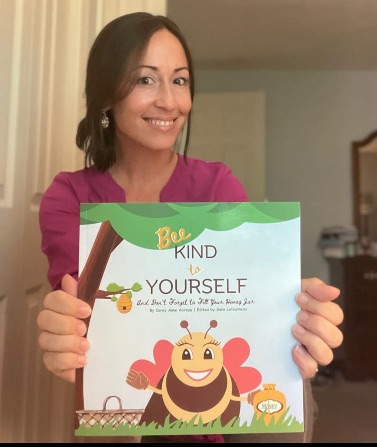- Home
- Articles
- Understanding & Managing Anxiety in Kids: A Guide for Parents and Caregivers
Understanding & Managing Anxiety in Kids: A Guide for Parents and Caregivers

Understanding & Managing Anxiety in Kids: A Guide for Parents and Caregivers
Anxiety is common for children, just like adults. However, young minds can struggle to understand and manage these overwhelming feelings. As parents and caregivers, recognizing anxiety signs in kids and knowing how to help them navigate these emotions is extremely important. In this blog, we will explore what anxiety looks like in children, its potential causes, and practical strategies to support your child.
What Does Anxiety Look Like in Kids?
Children may not always have the words to express their anxiety, so it often manifests itself through behavior. Here are some common signs of anxiety in kids:
- Physical Symptoms: Stomachaches, headaches, and muscle tension.
- Behavioral Changes: Clinginess, irritability, or frequent meltdowns.
- Sleep Issues: Trouble falling asleep, staying asleep, or frequent nightmares.
- Avoidance: Avoiding certain activities, places, or people.
- Excessive Worry: Constantly worrying about school, friends, or family.
Common Causes of Anxiety in Kids
Understanding the root of your child's anxiety can help address it effectively. Some common causes include:
- School Pressure: Academic expectations and social dynamics can be overwhelming.
- Family Changes: Divorce, moving, or the arrival of a new sibling can trigger anxiety.
- Bullying: Negative interactions with peers can significantly impact a child's mental health.
- Traumatic Events: Experiencing or witnessing traumatic events can lead to anxiety.
- Genetics: A family history of anxiety can increase the likelihood of a child experiencing it.
Strategies to Help Your Child Manage Anxiety
Here are some practical strategies to support your child in managing their anxiety:
- Open Communication: Encourage your child to talk about their feelings. Listen without judgment and validate their emotions.
- Teach Relaxation Techniques: Simple breathing exercises, mindfulness, and visualization can help your child calm their mind and body.
- Establish a Routine: Predictable routines can provide a sense of security and stability for anxious children.
- Encourage Positive Self-Talk: Help your child develop a positive inner dialogue by replacing negative thoughts with encouraging statements.
- Model Calm Behavior: Children often mimic the behavior of adults. Demonstrating calmness in stressful situations can teach your child to do the same.
- Limit Exposure to Stressors: Identify and reduce exposure to unnecessary stressors, such as excessive screen time or news consumption.
- Provide a Safe Space: Create a calming environment where your child feels safe to relax and unwind.
- Seek Professional Help: If your child's anxiety is severe or persistent, consider seeking help from a child psychologist or counselor.
Anxiety in children is manageable with the right approach and support. By understanding the signs, causes, and effective strategies, you can help your child navigate their anxiety and build resilience. Remember, patience and empathy are key. Your support can make a significant difference in your child's ability to cope with anxiety and thrive.
For further reading and resources, consider exploring books such as the one listed below and online materials specifically designed to address anxiety in children. These can provide additional tools and insights to help you support your child's mental well-being. Together, we can help our children grow into confident, resilient individuals.
Lacie the Ladybug Helps Bee Find Calm in the Meadow:
For more blog posts check us out at cutebooks4kids.net








